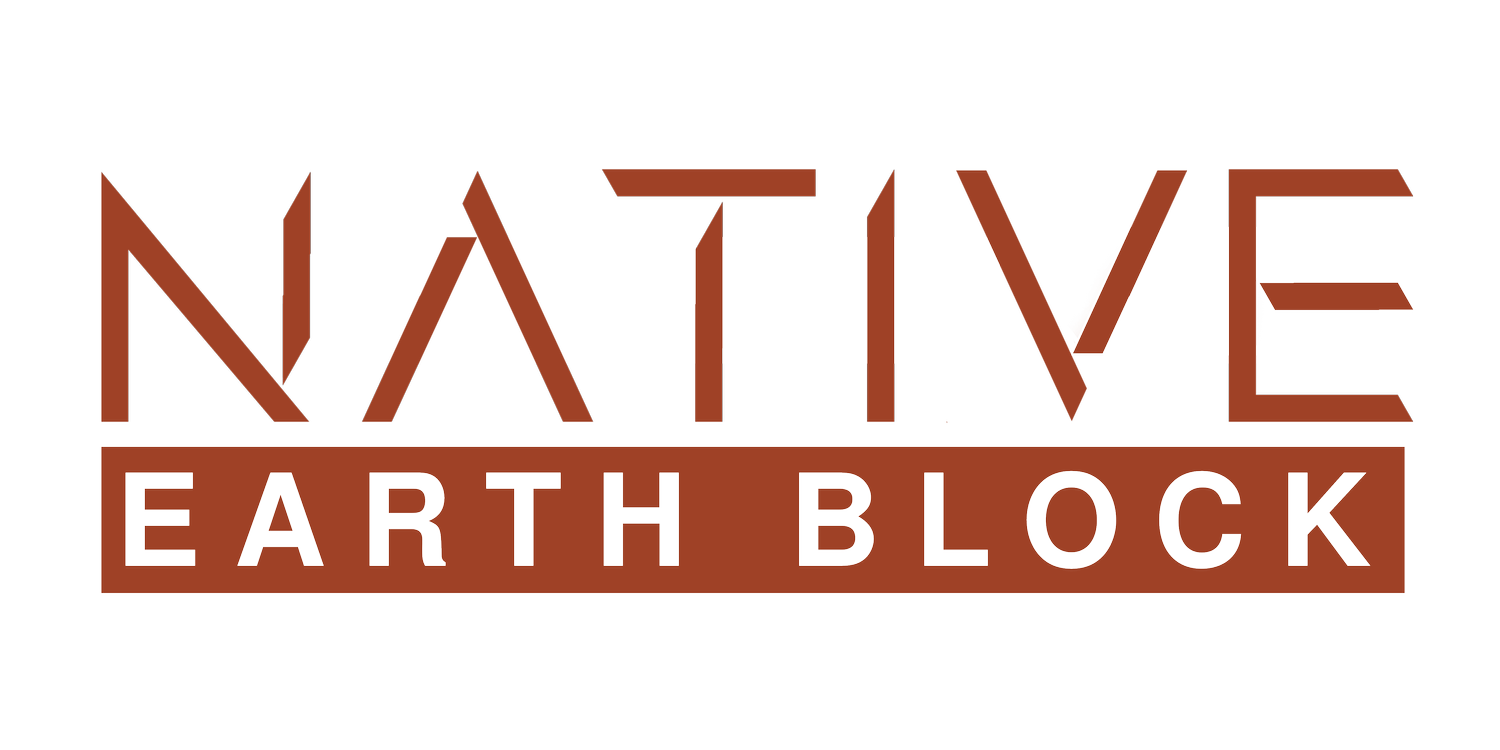Exploring the Lifespan of Compressed Earth Blocks: Durability and Sustainability
In the realm of sustainable and eco-friendly building materials, compressed earth blocks (CEBs) have emerged as a noteworthy contender. These blocks, made by compacting a mixture of earth, sand, and stabilizers, offer a promising solution for constructing environmentally friendly structures. One common question that arises in discussions about CEBs is their lifespan. How long can these natural building blocks endure the test of time? In this blog post, we delve into the factors that influence the lifespan of compressed earth blocks and why they are considered a durable and sustainable choice for construction.
Understanding the Composition
Compressed earth blocks are manufactured from a blend of earth, often sourced locally, sand, and stabilizers such as cement, lime, or other additives. This composition contributes significantly to the durability and structural integrity of the blocks. While the exact lifespan of CEBs can vary depending on several factors, their sturdy composition forms a solid foundation for their longevity.
Key Factors Affecting Lifespan
Climate and Environmental Conditions: The climate and local environment play a substantial role in determining the lifespan of compressed earth blocks. Regions with extreme weather conditions like heavy rain, prolonged exposure to humidity, or freeze-thaw cycles might impact the blocks more significantly. Proper design and construction techniques can mitigate the effects of such conditions.
Stabilization: The choice of stabilizer in the block mix influences its strength and resistance to deterioration over time. High-quality stabilizers enhance the cohesion of the particles, resulting in more durable CEBs. Careful selection and proper proportions of stabilizers are crucial to ensure optimal performance.
Maintenance: Like any building material, regular maintenance is essential for prolonging the lifespan of compressed earth block structures. Addressing minor repairs and applying protective coatings when needed can contribute to their longevity.
Benefits of CEBs in Relation to Lifespan
Natural Resilience: Compressed earth blocks, owing to their natural composition, exhibit a remarkable resilience to various environmental factors. Their thermal mass and breathability make them particularly suitable for maintaining stable indoor temperatures.
Reduced Carbon Footprint: The production of CEBs involves minimal energy consumption compared to conventional building materials like fired bricks or concrete blocks. This factor contributes to their overall sustainability and lower environmental impact.
Flexibility and Adaptability: CEBs offer versatility in construction, allowing for modifications and additions over time. Their interlocking design facilitates alterations without compromising structural integrity.
The lifespan of compressed earth blocks is a dynamic interplay of various factors including composition, local climate, and maintenance practices. With proper design, construction, and upkeep, CEBs have the potential to endure for generations. Their innate durability, sustainability, and low environmental impact make them an appealing choice for those seeking eco-friendly building solutions. As the construction industry continues to embrace sustainable practices, compressed earth blocks stand out as a testament to the harmonious coexistence between human habitation and the natural world.

